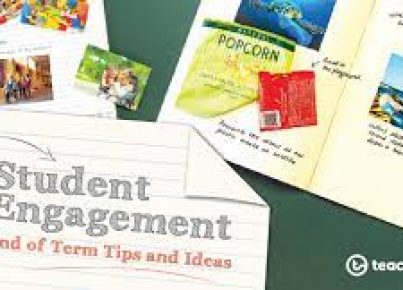Introduction:
Being a teacher is more than just a profession; it’s a vocation that requires dedication, passion, and often, a lot of personal expenses for classroom supplies. Here are 20 best money-saving tips that can help teachers stretch their salary without sacrificing the quality of their students’ learning experiences.
1. Make a budget: Create a thorough budget that accounts for essential classroom supplies and materials, so you know where your money is going and can plan accordingly.
2. Search for discounts: Many businesses offer discounts to educators on everything from classroom materials to clothing. Always ask if discounts are available, and take advantage of educator-specific deals when possible.
3. Use cashback apps: Download cashback apps like Rakuten, Swagbucks, or Ibotta to get a percentage back for purchases made in select stores.
4. Buy in bulk: Purchase commonly used items like pencils, paper, and glue in bulk at warehouse clubs or online sales to save money.
5. Repurpose household items: Use empty cereal boxes for storage or tin cans for holding supplies instead of buying new containers.
6. Get social: Follow your favorite retailers on social media platforms to stay up-to-date with sales and promotions.
7. Shop during back-to-school season: Discounts on school supplies are often abundant during the back-to-school season. Stock up while prices are low.
8. Be resourceful with materials: Opt for durable materials that will last through multiple school years instead of constantly replacing cheaper alternatives.
9. Swap with fellow teachers: Organize supply swaps with other educators to exchange materials you no longer need or to obtain items at no cost.
10. Start crowdfunding campaigns: Platforms like DonorsChoose.com allow educators to crowdfund for necessary classroom resources, relieving the financial burden on themselves.
11. Go digital: Utilize free online resources such as educational blogs, YouTube videos, and printable worksheets to supplement or replace traditional materials.
12. Take advantage of free shipping: Many online retailers offer free shipping if you meet a minimum purchase amount. Consolidate your orders to save on shipping costs.
13. DIY decorations: Make your own bulletin board displays, motivational posters, and classroom decorations instead of buying pre-made items.
14. Utilize parent donations: Many parents are willing to donate supplies, time, or resources to support their child’s education. Don’t be afraid to ask for help.
15. Attend workshops and conferences: Keep an eye out for sponsored educator events where you can gather resources for your classroom at no cost.
16. Borrow instead of buying: Consider borrowing books, DVDs, or other materials from your local library or educator resource center instead of purchasing them outright.
17. Check out yard sales and thrift stores: You can find gently used books, games, and materials at a fraction of their retail price.
18. Be patient and wait for sales: If a costly item isn’t essential right away, hold off until it goes on sale or you find a discount code.
19. Apply for grants: Look into local and national grant opportunities specifically for educators to help with funding classroom projects or needs.
20. Connect with local businesses: Partner with businesses in your community that may be willing to donate items such as office supplies, furniture or even educational materials.
Conclusion:
Teachers don’t need to break the bank when trying to provide an engaging learning environment for their students. By following these money-saving tips, educators can save money without sacrificing quality and can redirect their focus towards educating the leaders of tomorrow.





